Hide and seek: inside the intricate world of Parisian jeweller Elie Top
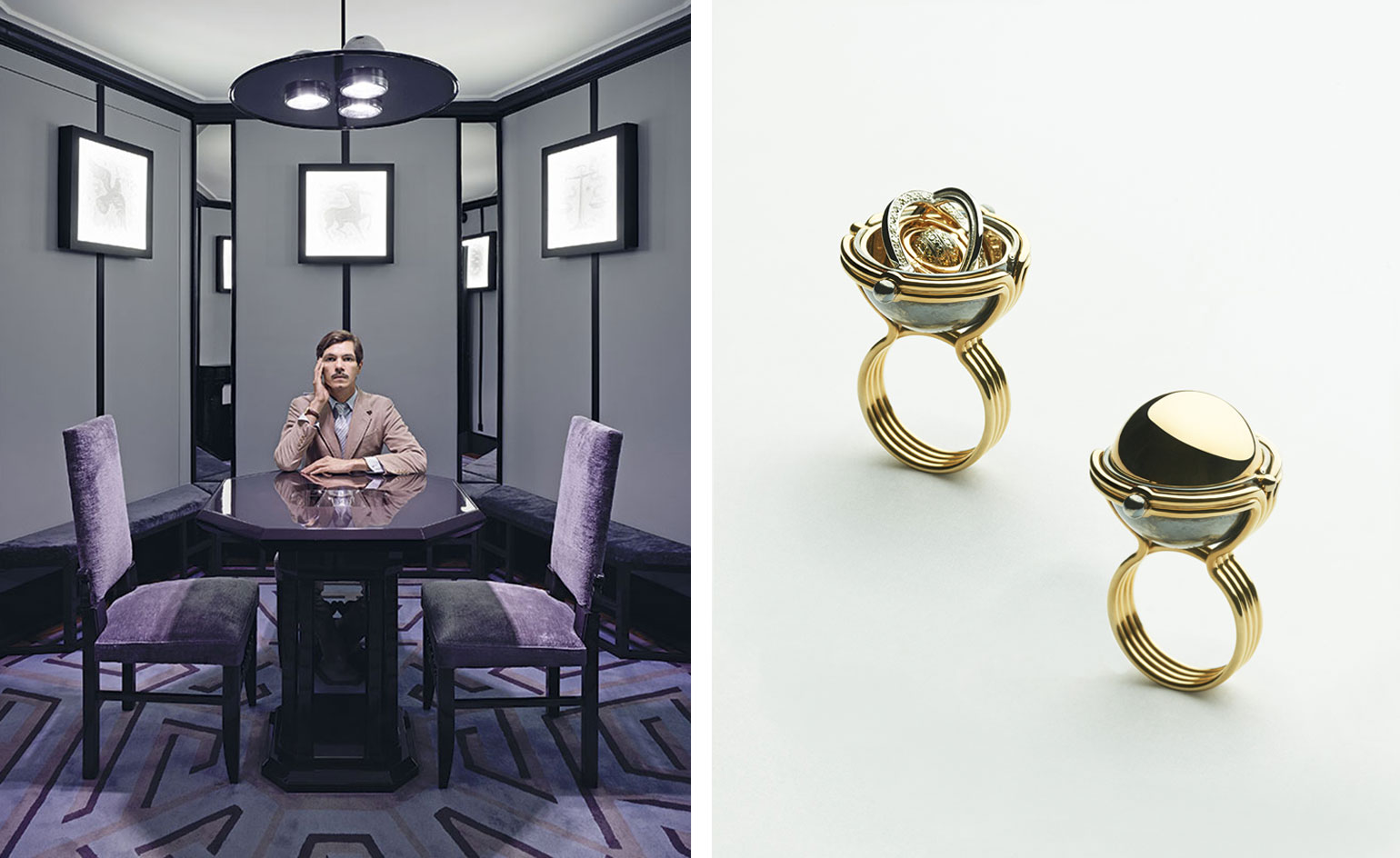
It’s an age-old fine jeweller’s delight to include hidden elements in special pieces, just as Elie Top has done with his debut collection. Pictured (right) is Top in his maison's first salon, where a 1970s Ettore Sottsass chandelier pinpoints jewels in a glass vitrine built into the lacqured anthracite-top table by Maison Darré, while the custom made carpet reflects the house's logo.
What makes Elie Top’s eponymous jewellery designs so compelling is their secret nature. It’s an age-old fine jeweller’s delight to include hidden elements in special pieces, giving the wearer a unique sense of knowing something about their jewellery that only they know and that others can’t see.
To that effect, Top’s bracelets, earrings and necklaces contain an intricately worked element. But the covert nature of his articulated designs is not subtly secret. More in keeping with the horologist’s craft, once discovered, they take the wearer and the viewer in a new direction, suggesting a story that neither could possibly know.
As Vincent Darré, designer of Top’s Rue St Honore salon, featured in our September issue (W*198) , says: 'To capture the mood of Elie’s jewellery is to realise that it has an almost metaphysical nature – like the sign of your horoscope,' he explains. 'Planets and stars and the mechanical narrative make his designs not like jewellery but often more like horology. It’ a real universe.'
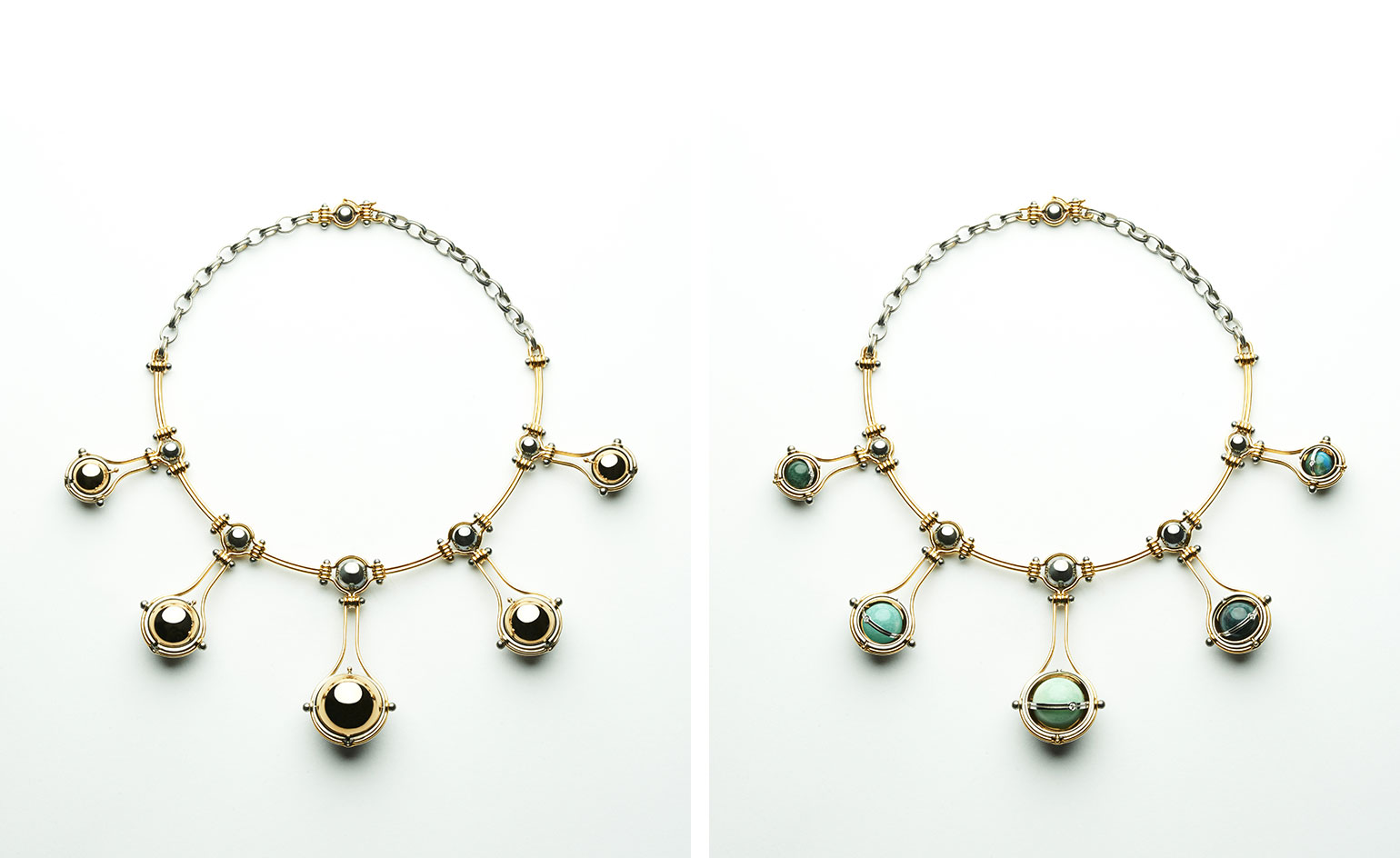
What makes Top’s eponymous jewellery designs so compelling is its secret nature
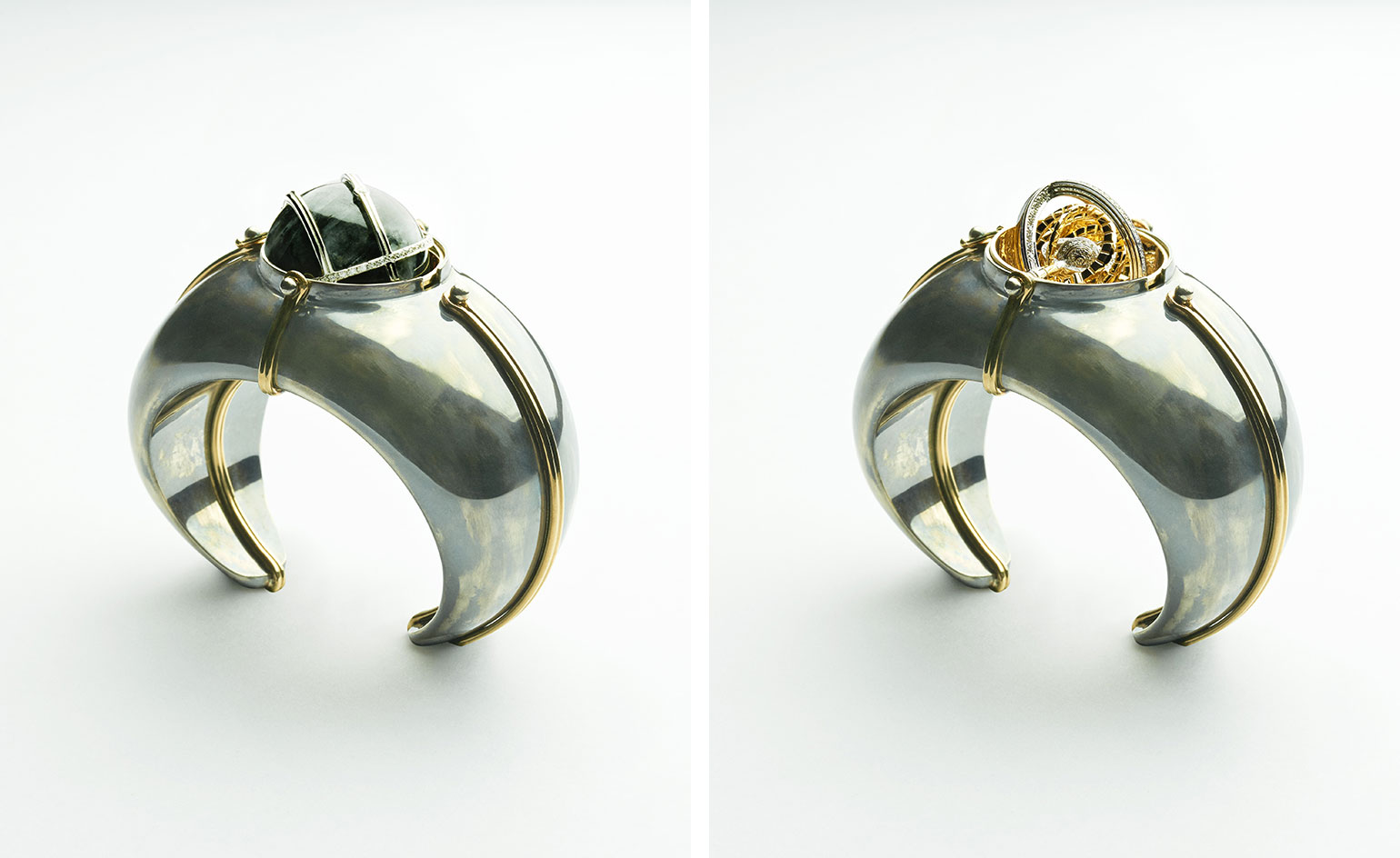
To that effect, Top’s bracelets, earrings and necklaces contain an intricately worked element
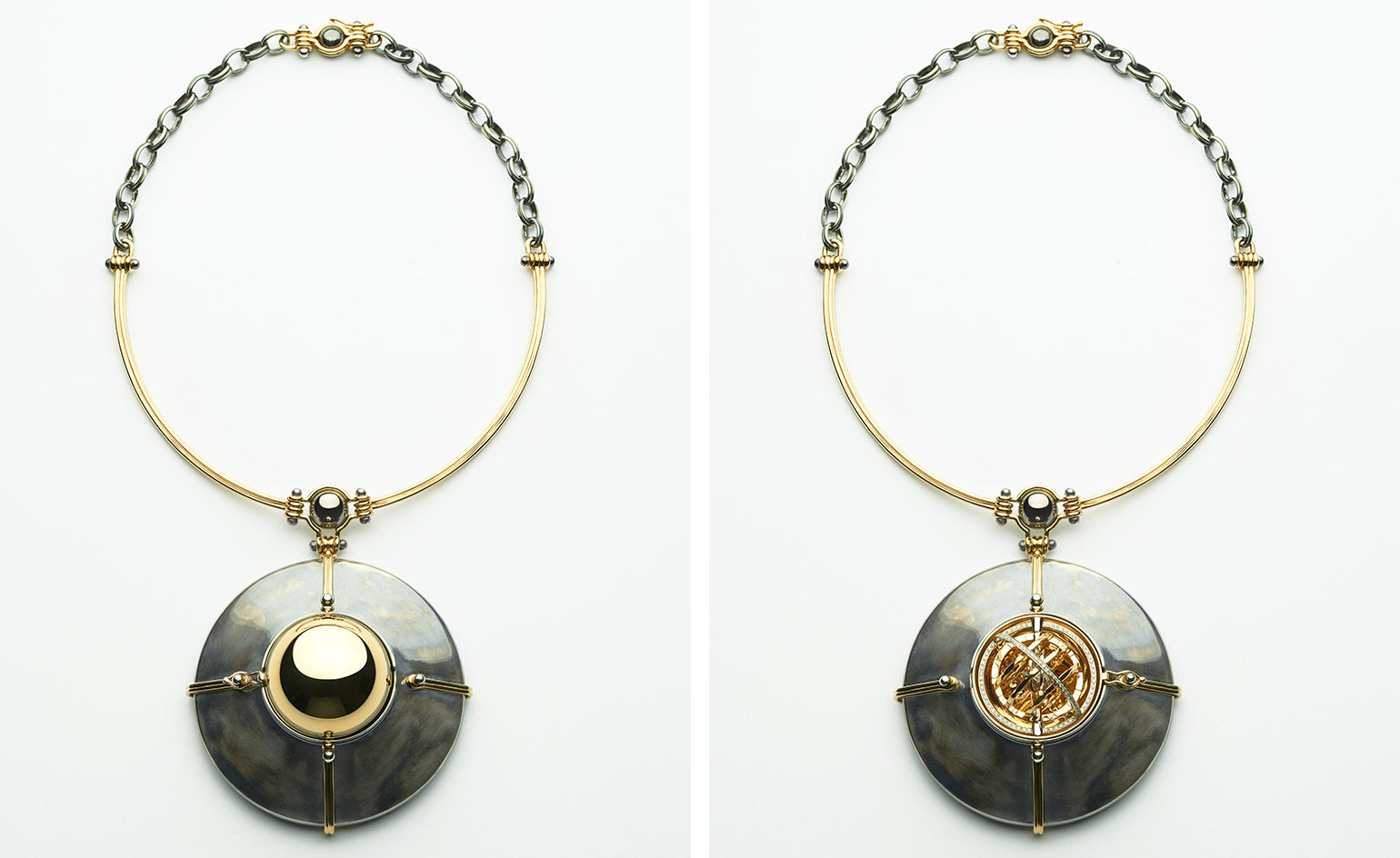
But the covert nature of his articulated designs is not subtly secret. More in keeping with the horologist’s craft, once discovered, they take the wearer and the viewer in a new direction, suggesting a story that neither could possibly know
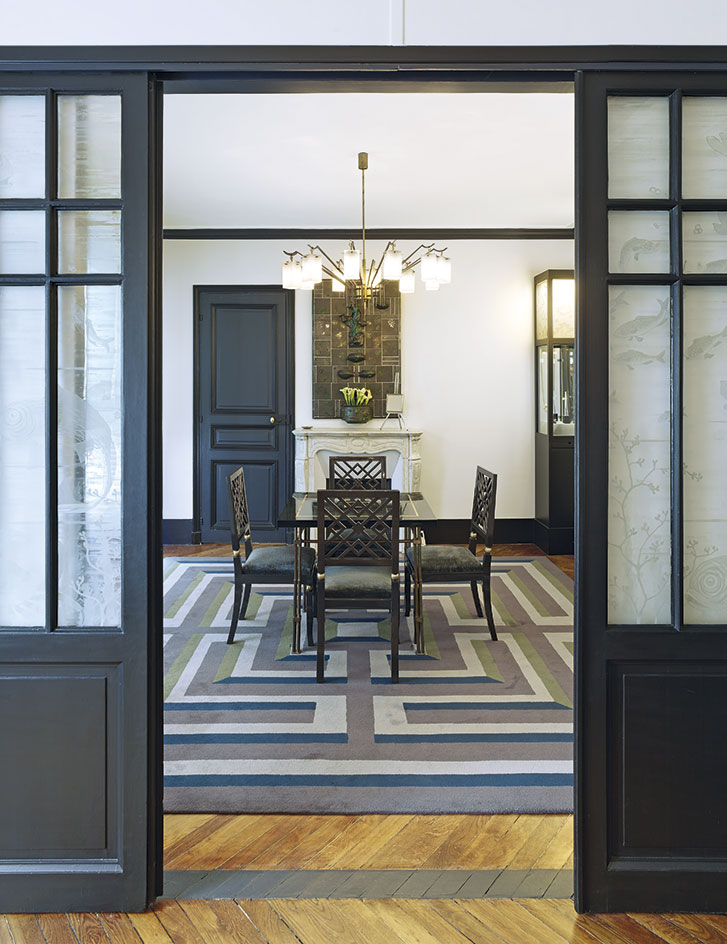
The salon's 1930s frosted glass doors provide a grand entrance to his showroom.
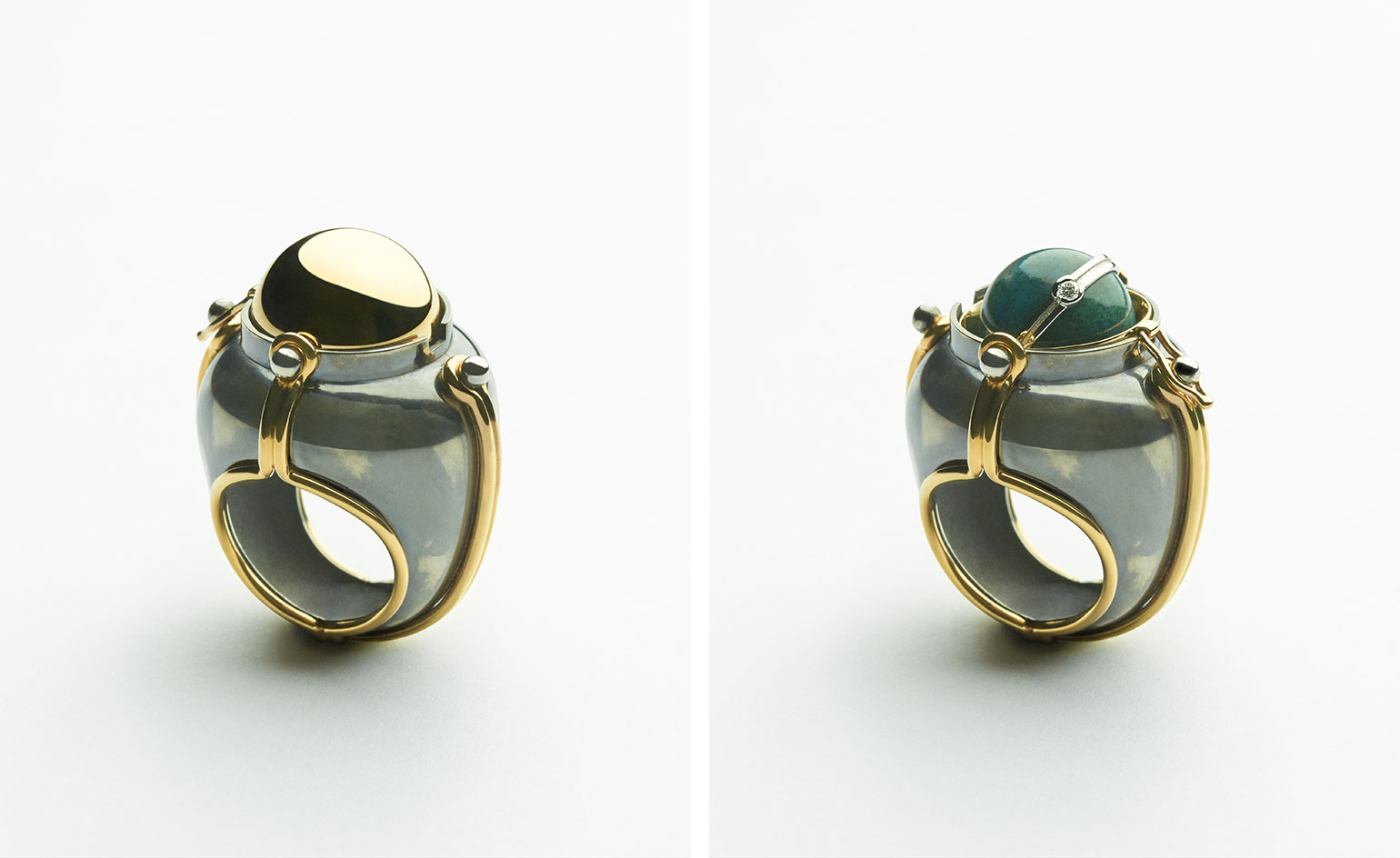
As Vincent Darré, designer of Top’s Rue St Honore salon, featured in our September issue (W*198) , says: 'To capture the mood of Elie’s jewellery is to realise that it has an almost metaphysical nature – like the sign of your horoscope,' he explains
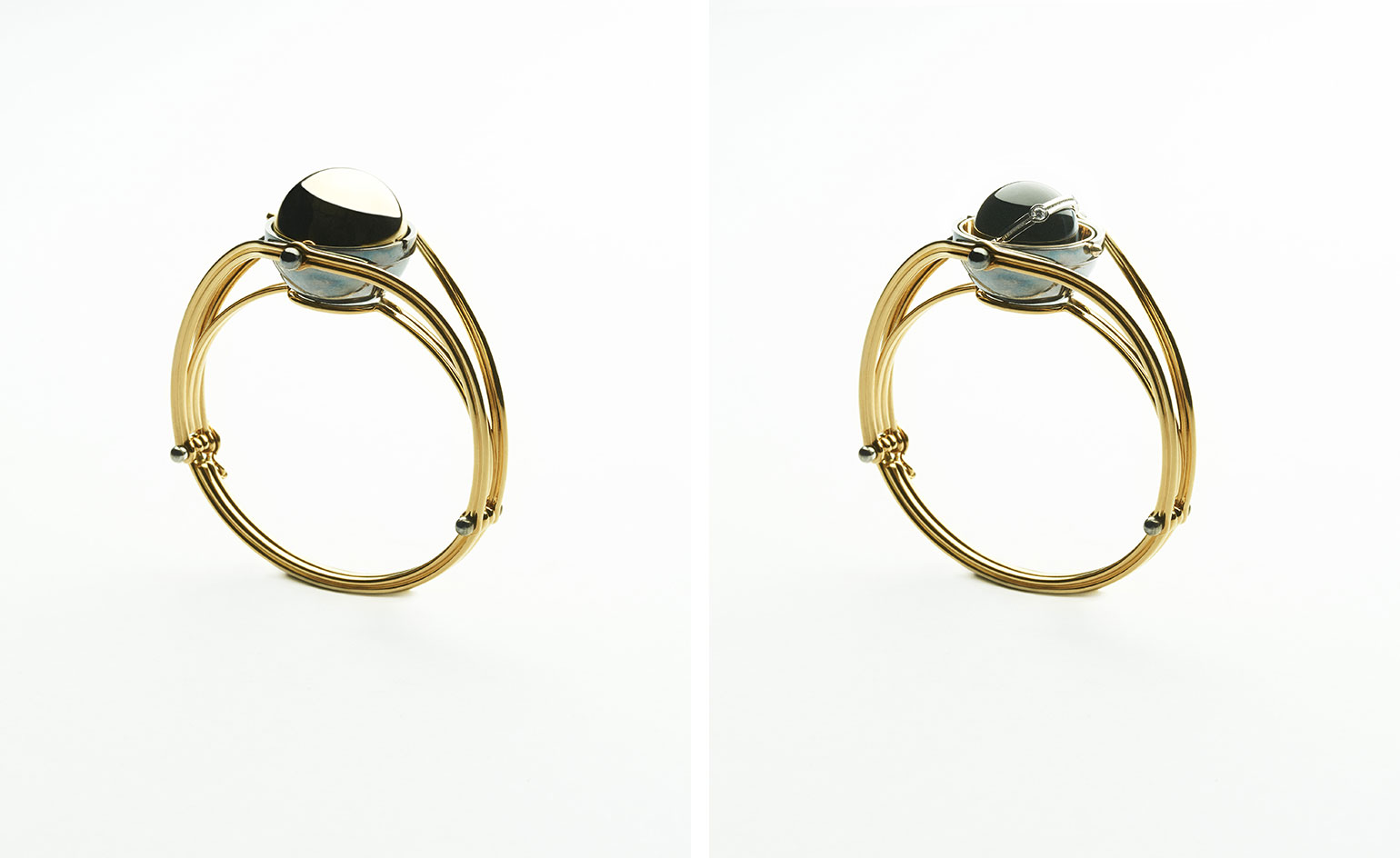
'Planets and stars and the mechanical narrative make his designs not like jewellery but often more like horology. It’ a real universe,' adds Darré
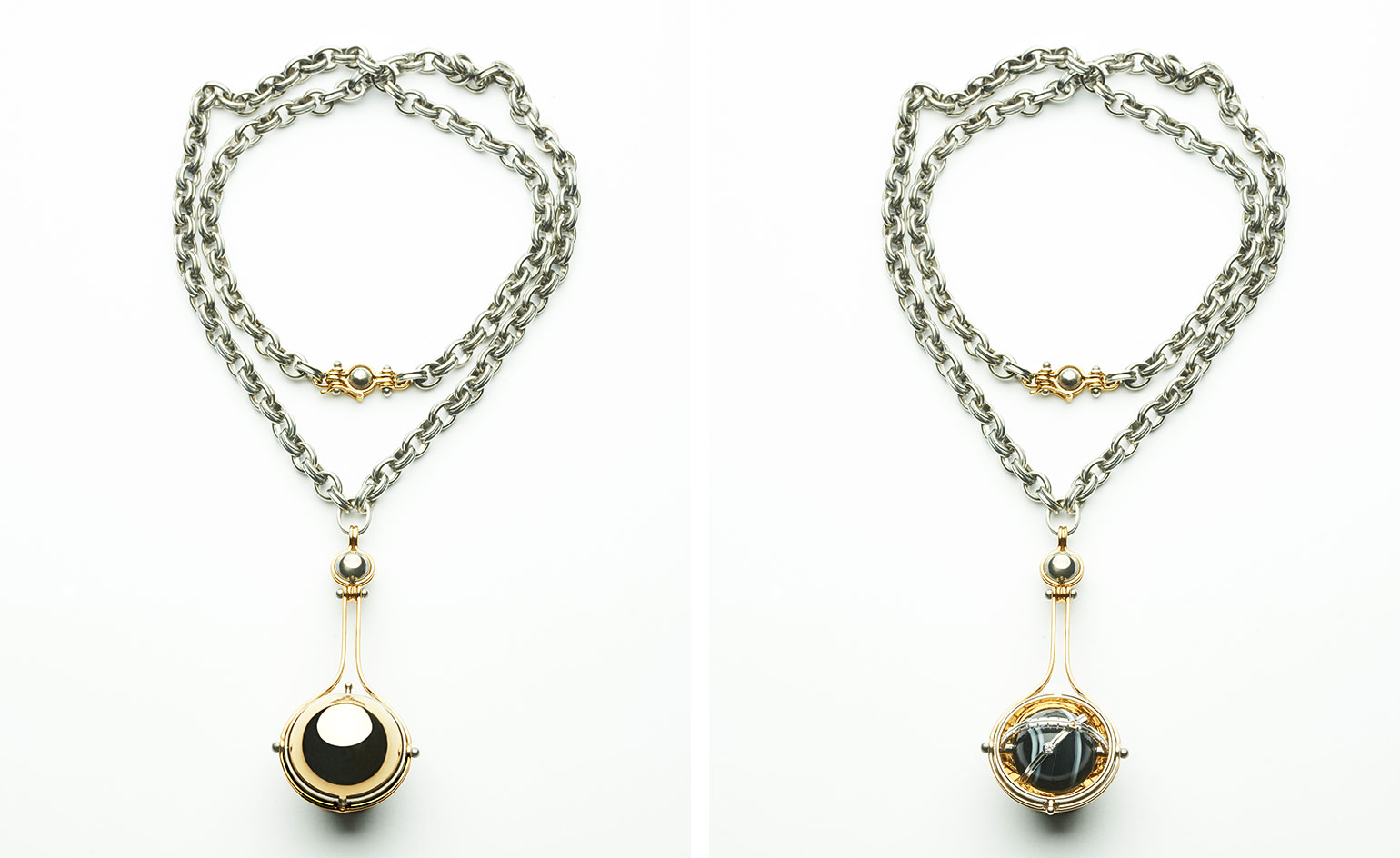
Top is perhaps best known for his role as Lanvin's accessories director, single-handedly changing the way we viewed costume jewellery in the noughties
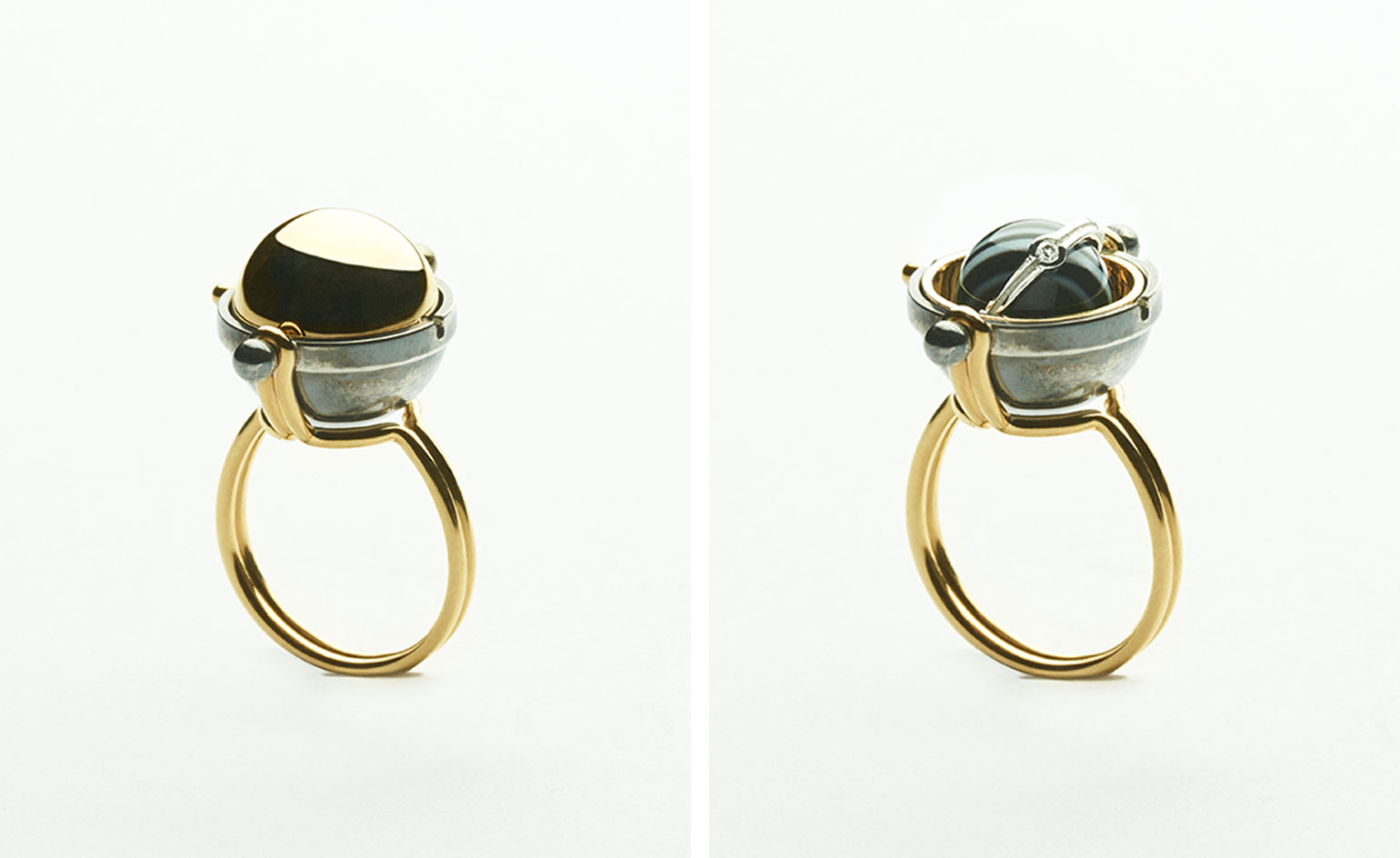
'Mécaniques Célestes' unites Top's love of costume jewellery's bold statement-making power with the intricate mechanics of exceptional fine jewellery
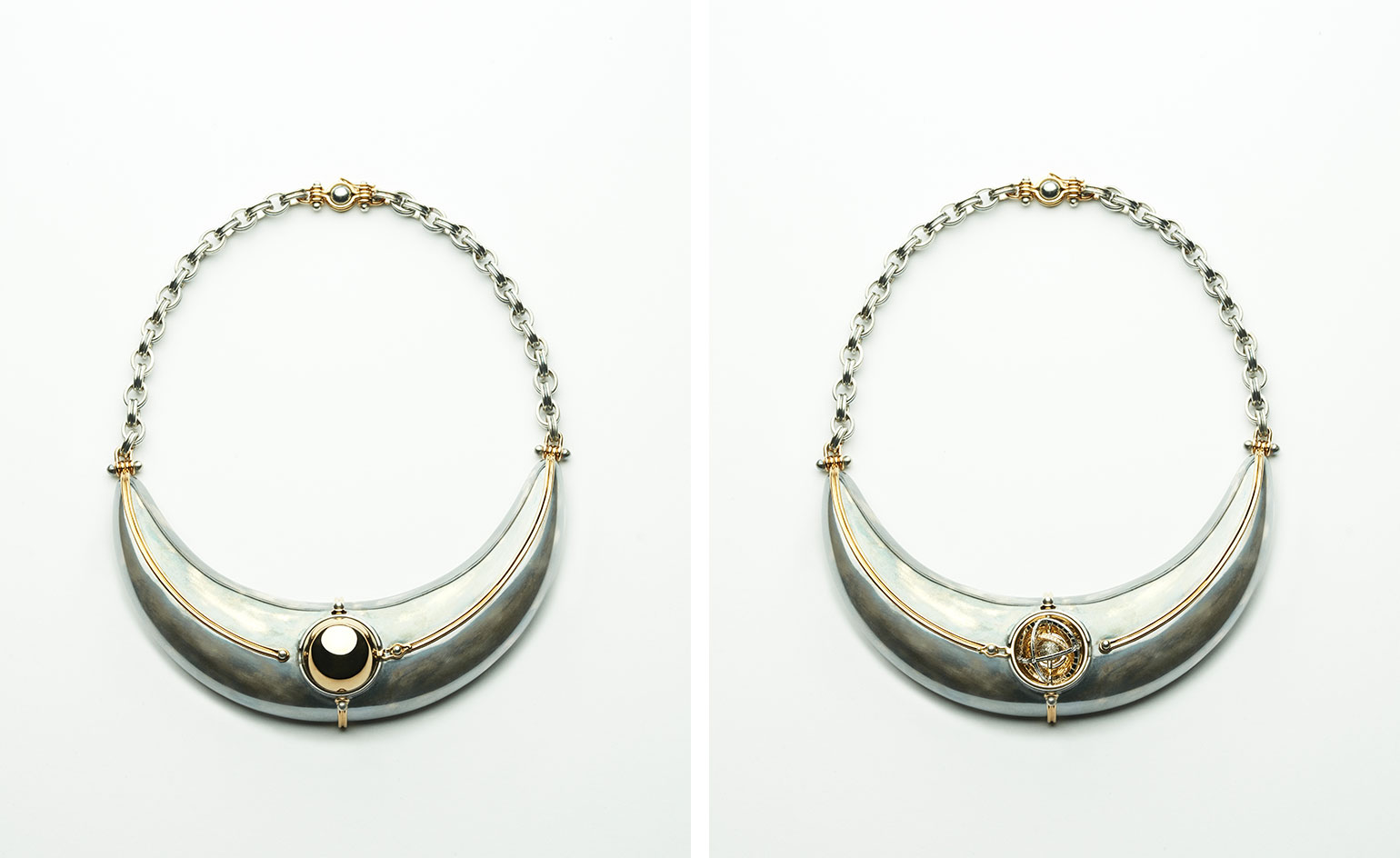
The creative has dedicated his first big bang to cosmogony, working with kinetic metal spheres that concealed or revealed his precious stone globes inside
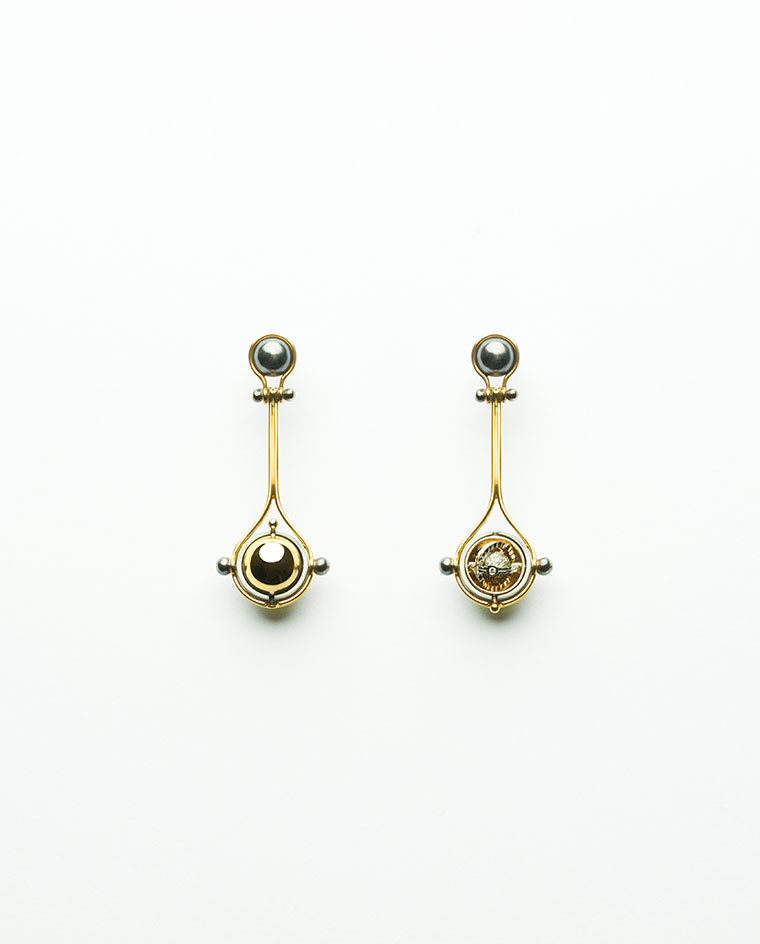
These one-of-a-kind orbs are then circled by a star galaxy of diamonds, fusing the geometric and Baroque
Wallpaper* Newsletter
Receive our daily digest of inspiration, escapism and design stories from around the world direct to your inbox.
Caragh McKay is a contributing editor at Wallpaper* and was watches & jewellery director at the magazine between 2011 and 2019. Caragh’s current remit is cross-cultural and her recent stories include the curious tale of how Muhammad Ali met his poetic match in Robert Burns and how a Martin Scorsese Martin film revived a forgotten Osage art.
-
 All-In is the Paris-based label making full-force fashion for main character dressing
All-In is the Paris-based label making full-force fashion for main character dressingPart of our monthly Uprising series, Wallpaper* meets Benjamin Barron and Bror August Vestbø of All-In, the LVMH Prize-nominated label which bases its collections on a riotous cast of characters – real and imagined
By Orla Brennan
-
 Maserati joins forces with Giorgetti for a turbo-charged relationship
Maserati joins forces with Giorgetti for a turbo-charged relationshipAnnouncing their marriage during Milan Design Week, the brands unveiled a collection, a car and a long term commitment
By Hugo Macdonald
-
 Through an innovative new training program, Poltrona Frau aims to safeguard Italian craft
Through an innovative new training program, Poltrona Frau aims to safeguard Italian craftThe heritage furniture manufacturer is training a new generation of leather artisans
By Cristina Kiran Piotti
-
 Art takes London: Tiffany & Co, Damien Hirst and artists take over Selfridges' windows
Art takes London: Tiffany & Co, Damien Hirst and artists take over Selfridges' windowsFour British contemporary artists celebrate Tiffany & Co's pioneering history with a series of storied window displays
By Anne Soward
-
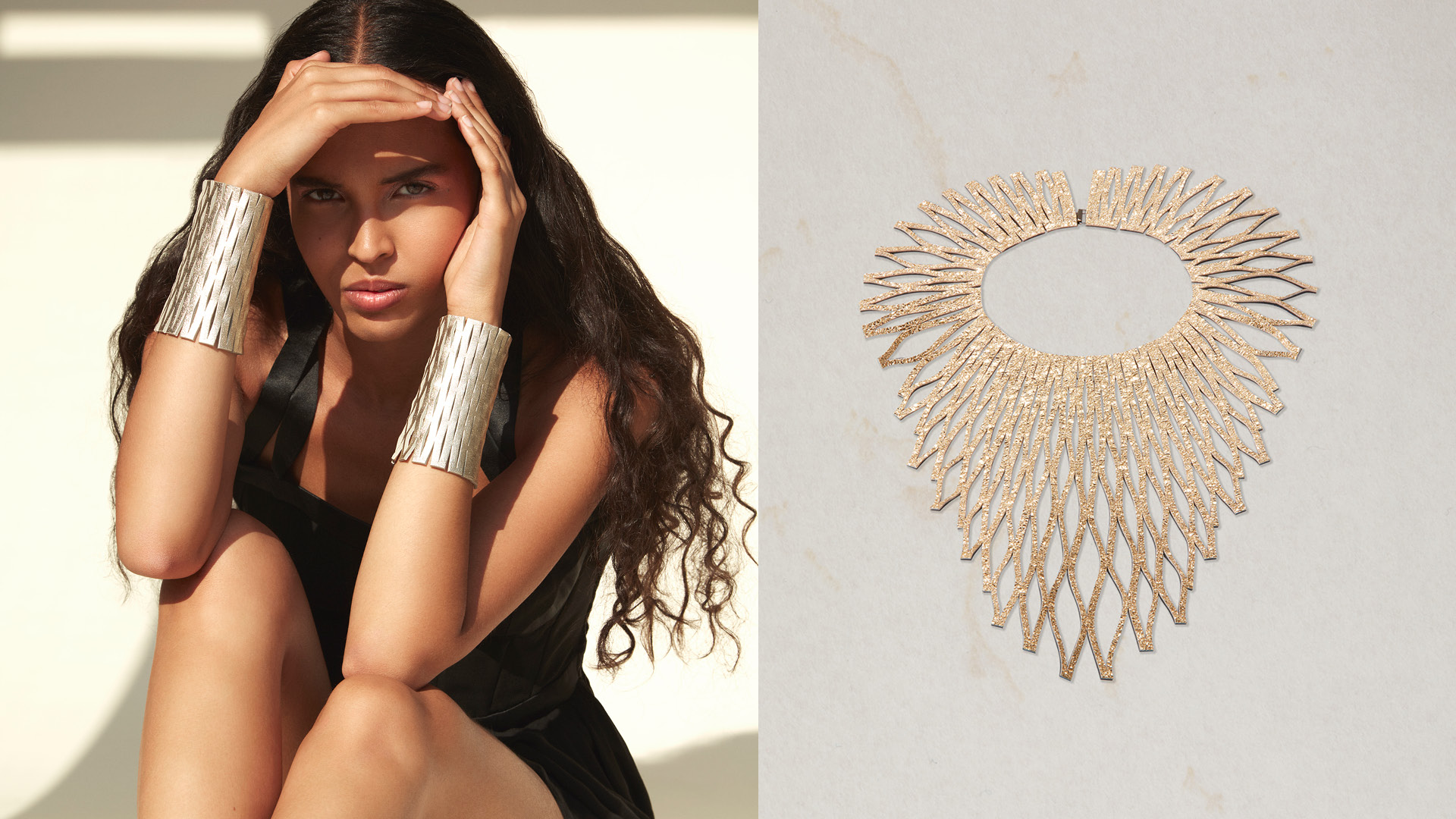 Late summer jewels: what to wear at Golden Hour
Late summer jewels: what to wear at Golden HourLate summer signals a jewellery style-shift. These independent designers have got it covered
By Caragh McKay
-
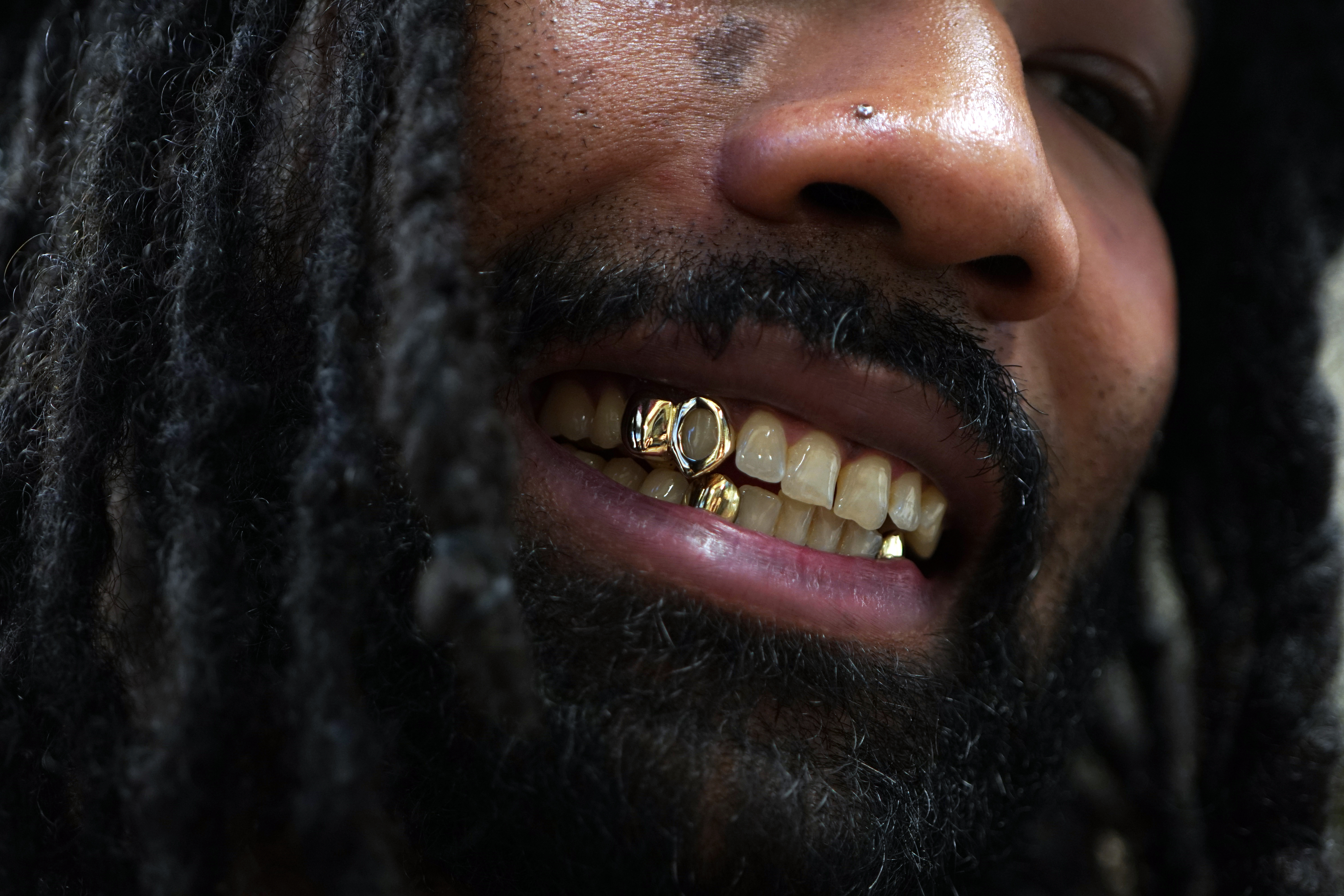 All smiles: How a grillz jewellery making class in London became an international hit
All smiles: How a grillz jewellery making class in London became an international hitWhat started as a passion project quickly exploded in popularity. We get the story behind the grillz-making workshop at Cockpit London
By Elisa Anniss
-
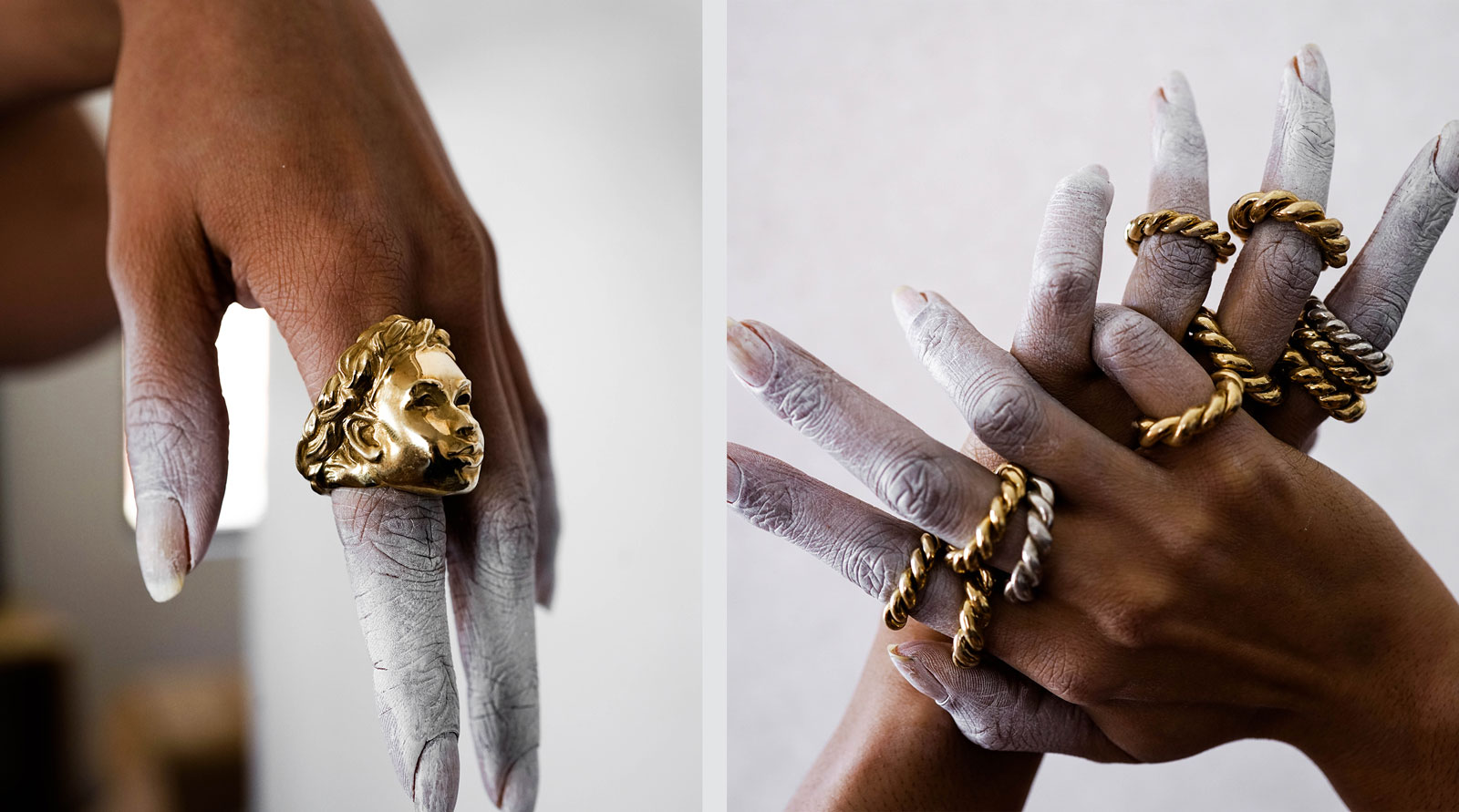 Emerging jewellery designers to get to know
Emerging jewellery designers to get to knowThese independent, new and emerging jewellery designers and brands from New York to Paris are firmly on our radar
By Hannah Silver
-
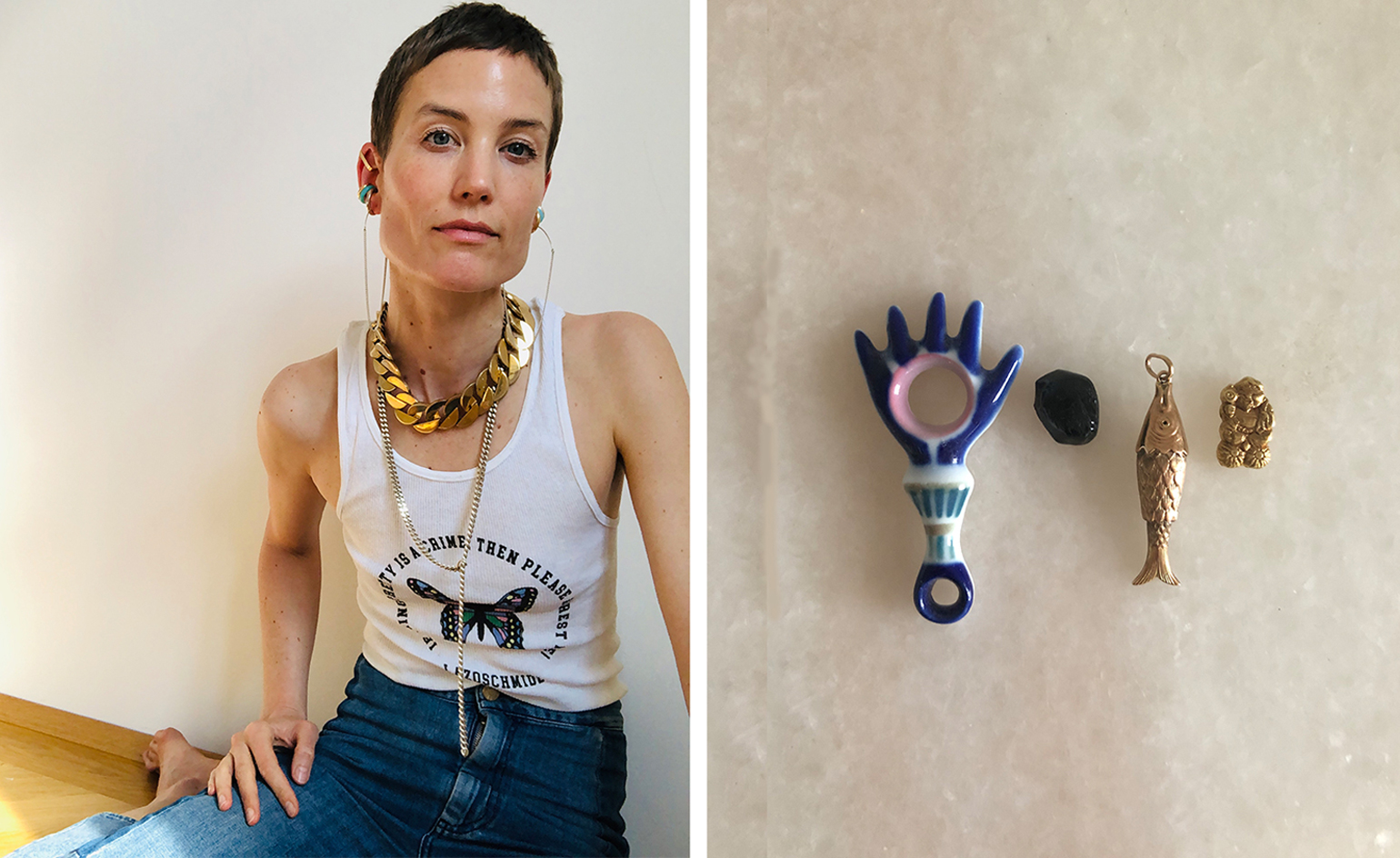 Jewellery designers share their most precious personal pieces
Jewellery designers share their most precious personal piecesA host of jewellers give us a peek at the jewellery which brings them joy and solace
By Hannah Silver
-
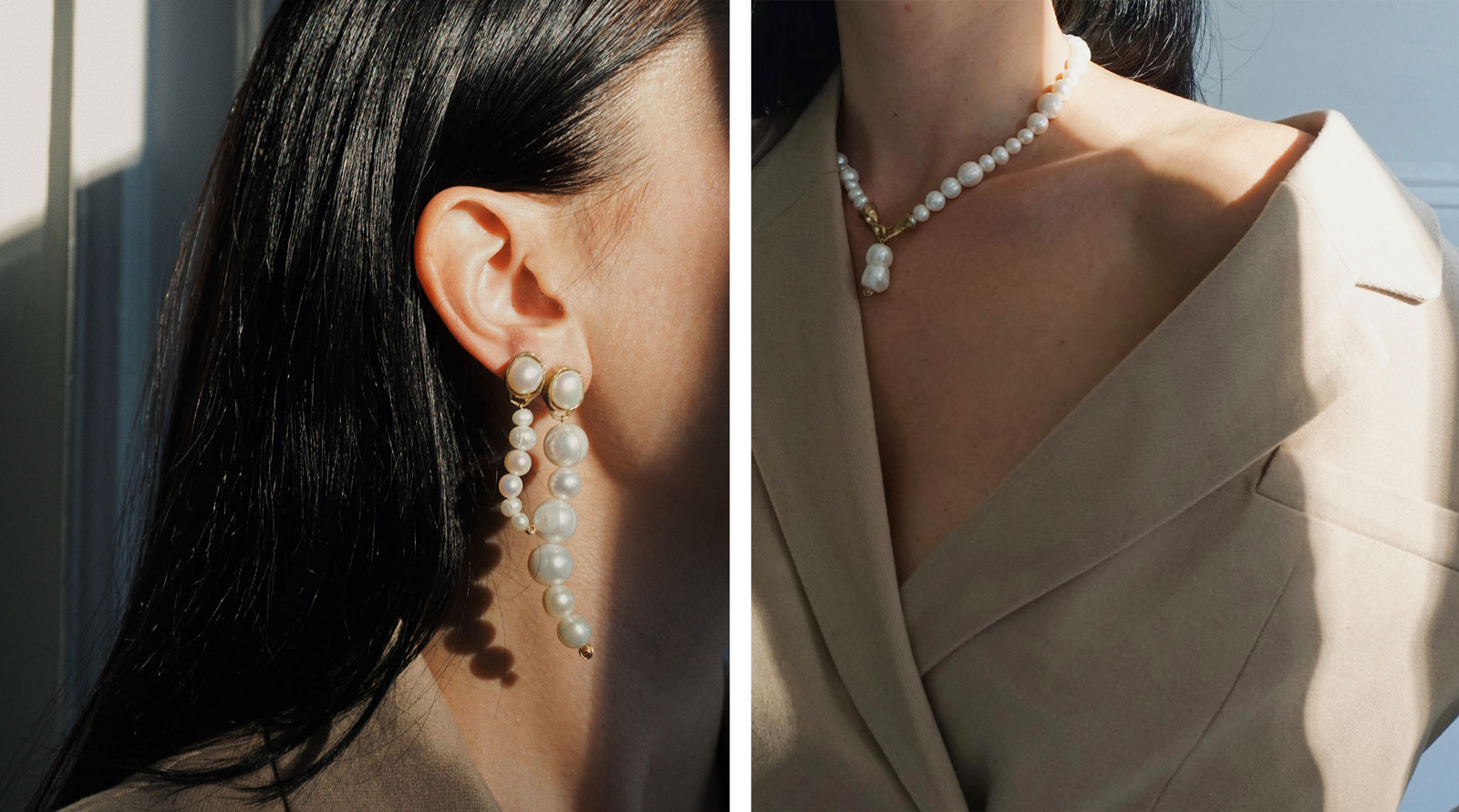 Playing it cool: pearls are having a moment
Playing it cool: pearls are having a momentWe've been deep-diving into boutiques around the world to find the very best calcium carbonate in minute crystalline form. It seems jewellers have been busy rethinking pearls, with contemporary (and often affordable) results
By Hannah Silver
-
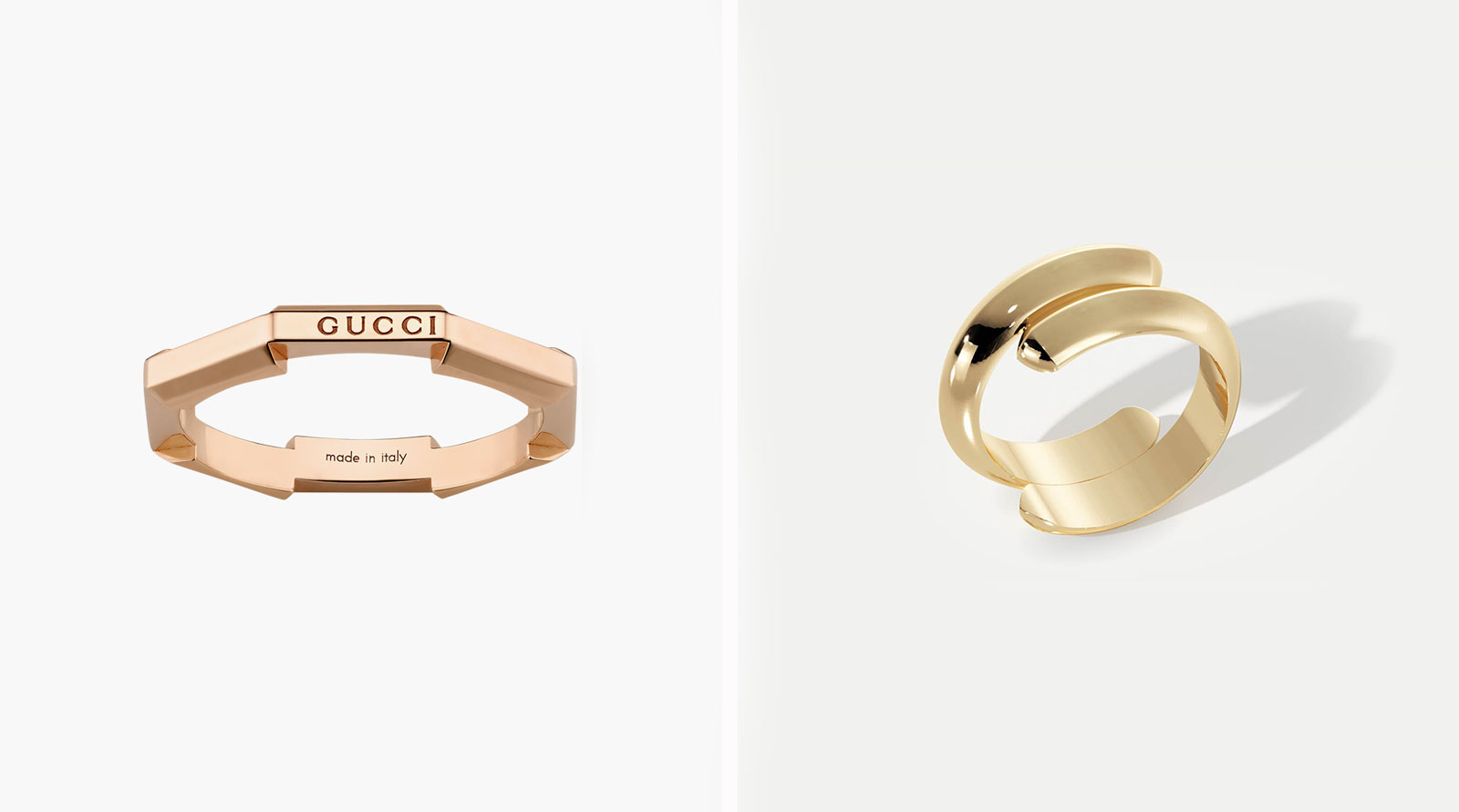 Eternity rings for the modern couple
Eternity rings for the modern coupleEternity rings, whether sleekly minimalist or sprinkled in diamonds, can be a chic and contemporary love token
By Hannah Silver
-
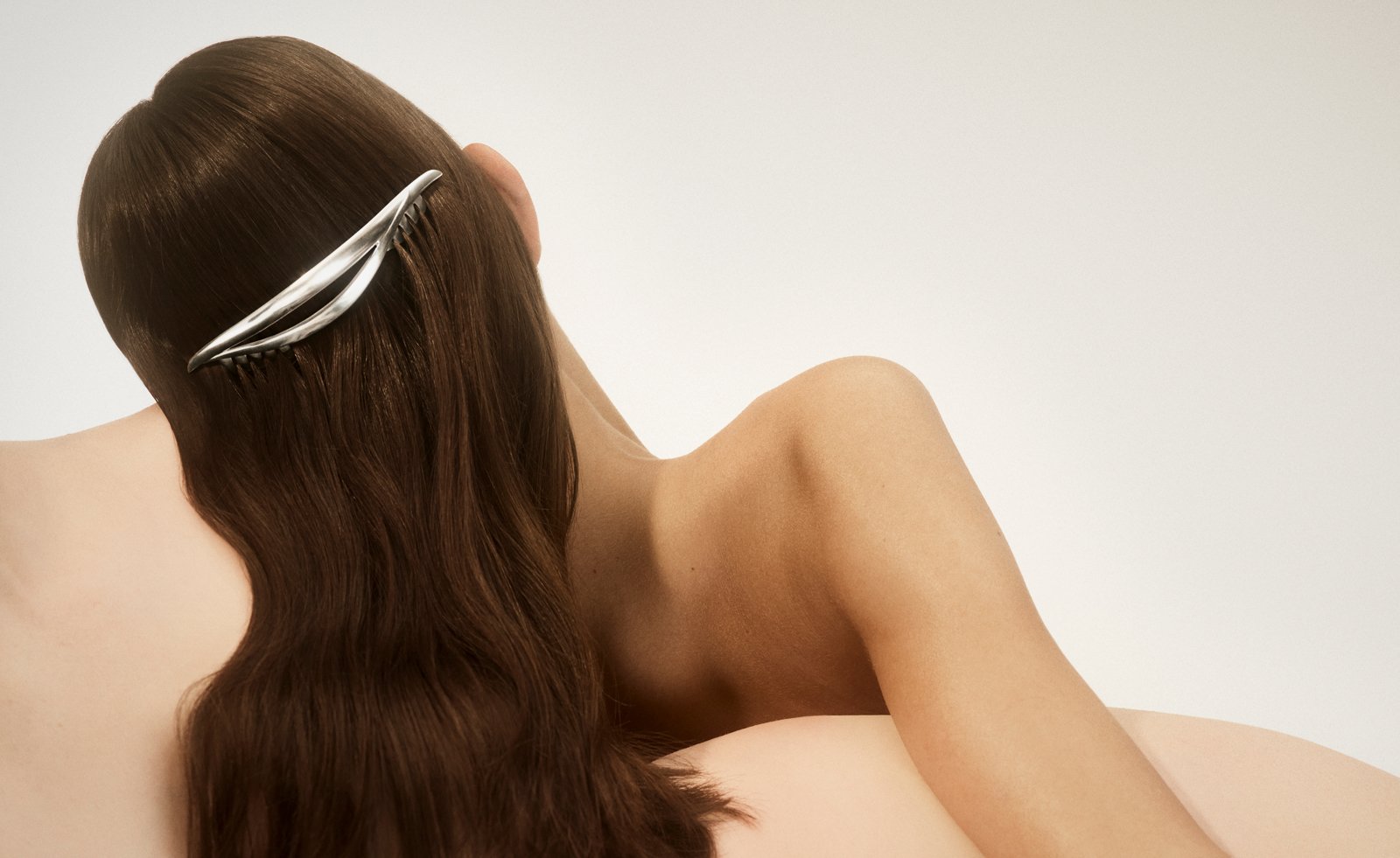 Hair jewellery to covet and collect
Hair jewellery to covet and collectToday’s hair jewellery is both practical and pretty. We're pinning our hopes on these simple and elegant accessories
By Hannah Silver